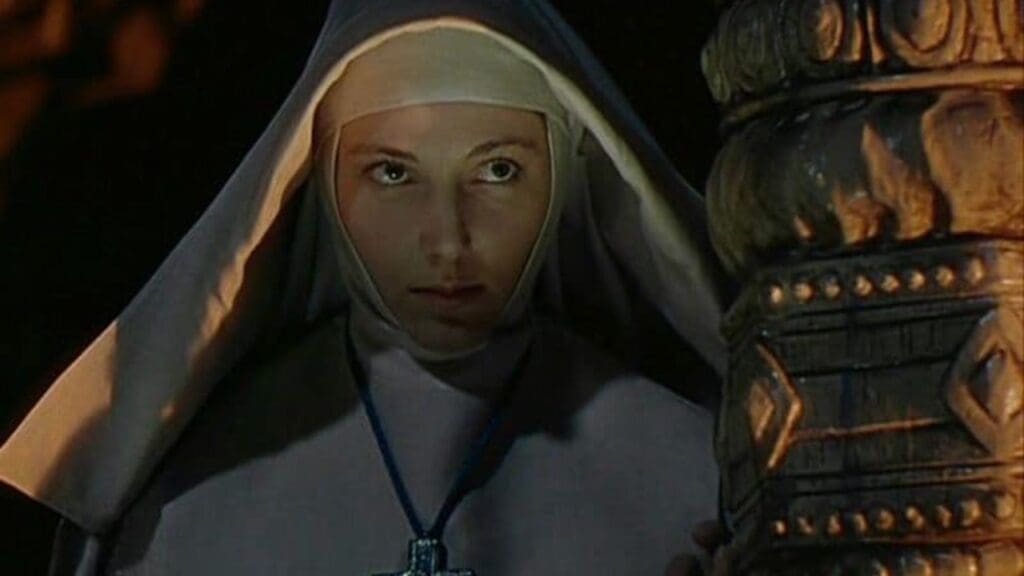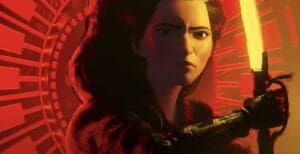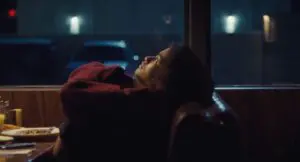Cinematography is the art of visual storytelling in a movie or TV show that comprises all on-screen visual elements. This includes lighting, framework, composition, camera angles, colour and more. Cinematographers figure out innovative ways to make the visual narrative interact with the stories presented on screen. The best cinematographers create moments of magic that are difficult to replicate.
Often, filmmakers will spend the majority of their budget on a high-quality cinematographer. They are regarded as the key to making a movie look the best it possibly can. Without a great cinematographer, a film could be tainted.
To celebrate the importance of cinematography, we have produced this list of the greatest cinematographers of all time. These talented individuals have all changed the landscape of cinema in some way during their careers.
The best cinematographers of all time
Roger Deakins
Roger Deakins is often cited as one of the best cinematographers to have ever lived. He won his first Oscar for Blade Runner 2049 (2017) after 14 previous nominations. Deakins has also won the Academy Award for Best Cinematographer on two occasions, having been nominated 16 times in total.
He has also worked on some of the greatest movies of all time. This includes The Shawshank Redemption (1994), Fargo (1996) and Skyfall (2012). His style of cinematography is deeply motivated by the story as he adapts it to the script. The simple yet effective camera and lighting work creates a sense of reality that is unique amongst cinematographers.
Gregg Toland
Gregg Toland, known to be an experimental cinematographer, is among the most influential cinematographers of all time. He has worked on some classic films, such as Citizen Kane (1941), The Best Years of Our Lives (1946) and Wuthering Heights (1939).
Toland revolutionised the art form by using light and shadow to create space within a two-dimensional frame. He did this to present a vision that is closer to how our own eyes perceive our surroundings. This was something that had never been done before and has inspired others to do the same.
Jack Cardiff
Jack Cardiff’s longevity in the world of cinematography cannot be understated. His career spanned the development of cinema. From the black-and-white silent films to the technicolour filmmaking of the modern era, he covered it all. Technicolour in particular was a technique that Cardiff had mastered.
He has worked with a host of world-renowned directors, such as Alfred Hitchcock and John Huston. The most successful work from Cardiff was Black Narcissus (1947), which won him an Oscar and a Golden Globe. A 2010 documentary titled ‘Cameraman: The Life and Work of Jack Cardiff’ was released after his death, celebrating his work.
Raoul Coutard
During the rise of the French New Wave, Raoul Coutard was pivotal in redefining the world of cinema. He was considered by French-Swiss film legend Jean-Luc Godard to be the true revolutionary cinematographer. Coutard’s unique use of lighting inspired Godard to devise the famous 360-degree camera pan.
Throughout his career, Coutard became known for his mobile camera work and long tracking shots. In fact, one of his most famous movie involvements, Breathless (1960), was the first movie to use jump cuts. It became one of the most influential films in French New Wave cinema.
Maryse Alberti
Maryse Alberti was the first female cinematographer to be featured on the cover of American Cinematographer. This earned her critical acclaim for some of her most popular works, Velvet Goldmine (1998) and Collateral Beauty (2016). She has been a constant inspiration for females hoping to break onto the cinematography scene. This is predominantly due to her exquisite work on both documentaries and feature films.
She often chooses films that deal with true-to-life situations and characters. Her key cinematic technique is called cinéma vérité, which uses lighting in the most naturalistic way possible. Alberti has definitely mastered this and is still one of the most sought after cinematographers in the world because of it.
Additional Reading



